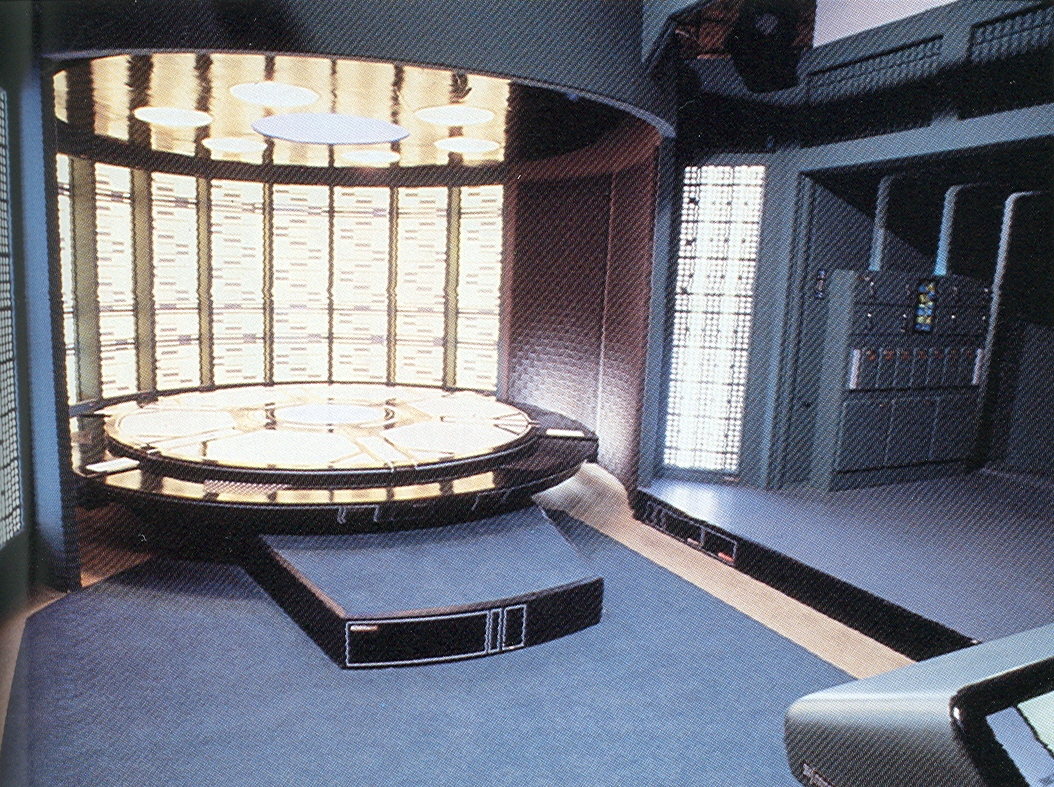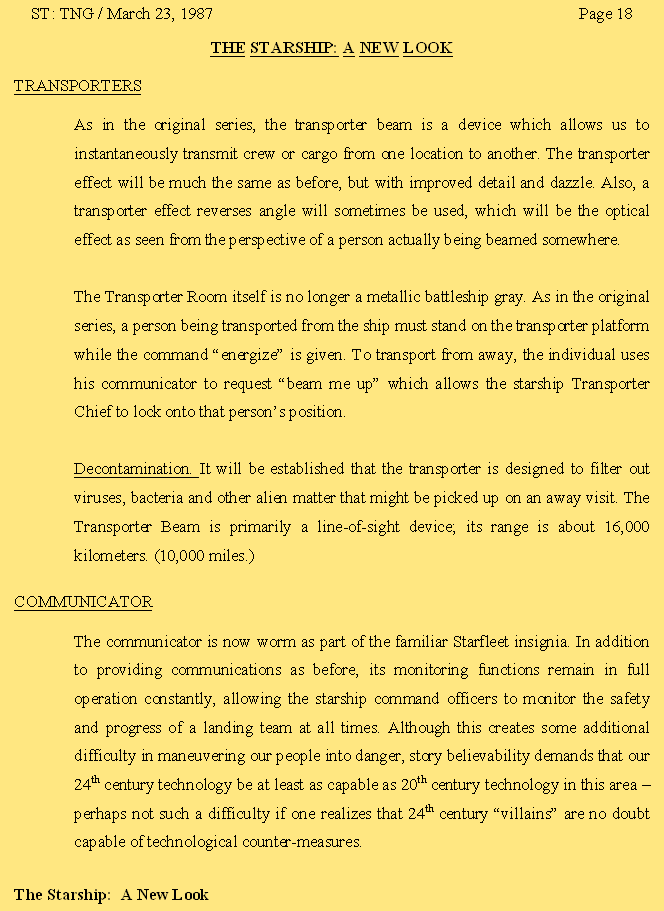Transporter accidents
Though transporters were a quite safe way to get from one point to another there were still cases of transporter accidents:
On stardate 1672.1, in 2266, a strange ore had altered the function of the transporter, causing the most bizarre transporter accident on record in which Captain James T. Kirk was split into two: One embodied all of Kirk's so-called positive qualities and the other part that was evil. It was some time before the mishap was discovered, and the malignant version of Kirk roamed the ship, stealing liquor, assaulting crewmen, and even attempting to rape Yeoman Rand. When he was cornered, and finally captured in the engine room, his errant phaser shot damaged the transporter further. Scotty and Spock isolated and repaired all the damage. Their repairs were confirmed when a test animal, previously split, was sent through the transporter in an attempt to reintegrate the two creatures. Upon reintegrating, it rematerialized dead. Crippled with indecision, Kirk was able, barely, to make the trip, and his two halves were reintegrated once again. (TOS: "The Enemy Within")
On 2267, an ion storm caused a transporter accident. After failing to persuade the Halkan Council to allow the Federation to mine dilithium in on their planet, a USS Enterprise landing party, expecting to beam back on to their ship, were beamed aboard the unfamiliar Enterprise in the Mirror Universe. Upon beaming aboard, they discovered that the peace-loving United Federation of Planets had been replaced with a brutal Terran Empire, and that they had their own "mirror" counterparts. (TOS: "Mirror, Mirror")





